
Remember the days when Panasonic was dedicated to Micro Four Thirds cameras and Nikon and Canon wanted you to see their latest DSLRs? That was so last month. Over the last 35 days or so, Nikon launched a pair of mirrorless full-frame cameras, the Z6 and Z7, along with the all-new Z-Mount system. Canon then went and announced its full-frame EOS R mirrorless camera and RF mount. This week at Photokina, Panasonic, Sigma and Leica unveiled the L-Mount alliance and Pansonic announced the Lumix S1R and S1 full-frame mirrorless cameras. Sigma will reveal its own full-frame L-Mount model soon too.
There hasn't been this much major camera news in ages, and camera fans -- who tend to be loyal to their preferred brands -- have a lot to digest. You can put much of the credit (or blame, if you hate mirrorless) on Sony's success with its A7 mirrorless full-frame lineup, but it's also clear that these models and alliances have been in the works for a long time. All of this is a good thing for buyers, once you sort out the pluses and minuses of all the new models, so let's take a look, shall we?
It's no secret that manufacturers have shifted their priorities to higher-priced cameras, because smartphones have destroyed the point-and-shoot and low-end compact market. Most of the new models announced cost over $2,000, so the news doesn't affect the average consumer in the market for a low-to-midrange mirrorless or DSLR camera.
If you were planning on splurging more cash, however, all this news may have brought your purchase to a screeching halt. There's no doubt that Sony's A7 III and A7R III are great cameras, but depending on what you're shooting, Nikon and Canon's offerings might be more suitable. Knowing Panasonic's reputation for video, folks in that field might want to hold on until spring of 2019 to see what its new models are like.
Not long ago, I wrote that Sony's latest A7 III models had put Canon and Nikon in a bind, and detailed my wish list for the new models. At that point, there was no inkling that Panasonic might also release a mirrorless camera, but most of the points I made apply to it too. Now that they're here, let's see how the actual models stack up.
Nikon's Z6 and Z7
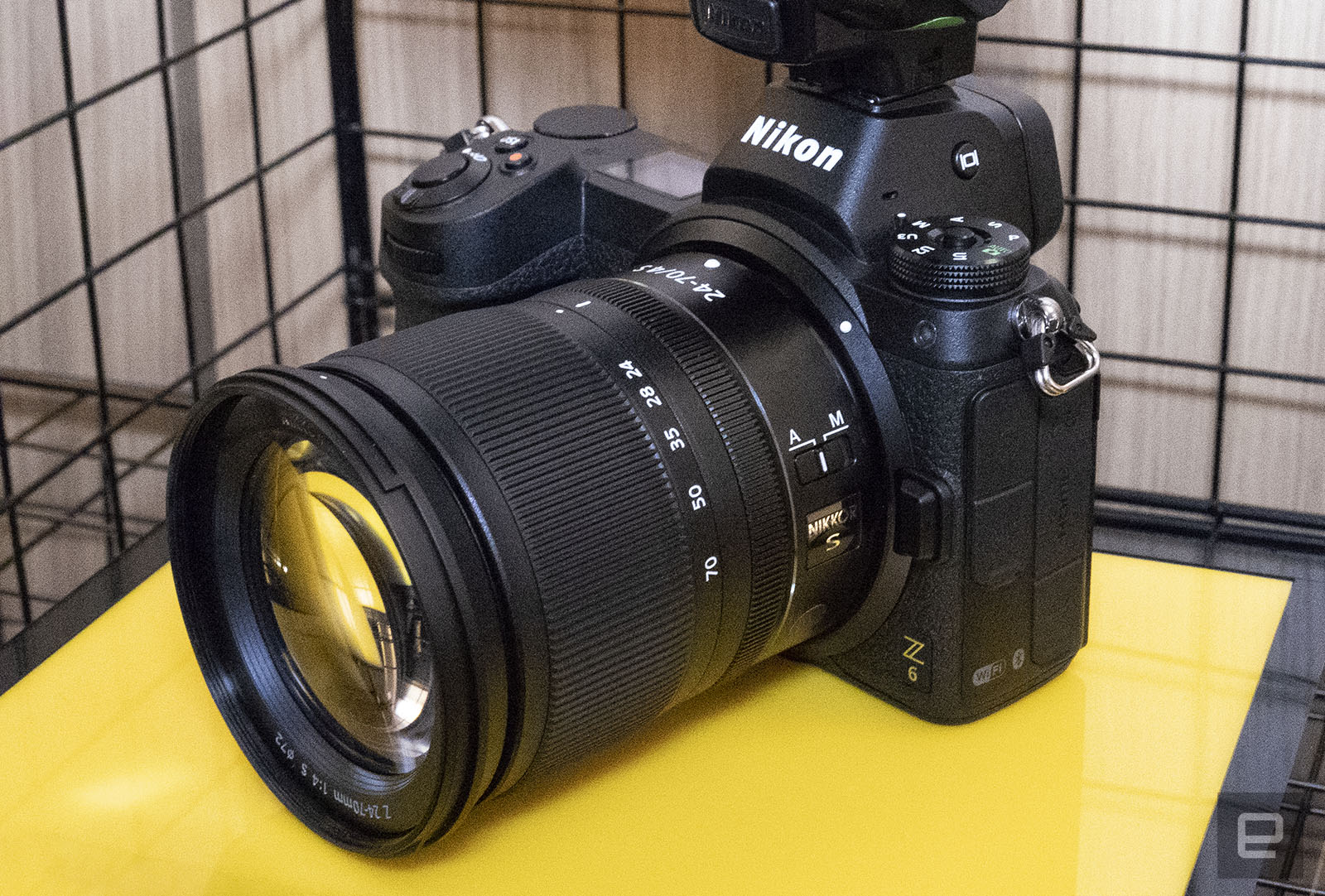
Most of what I hoped Nikon would do came true, apart from a few unfortunate misses. It not only released the 24.5-megapixel $2,000 Z6, but also the much higher resolution $3,400 45.7-megapixel Z7, set to arrive starting in September. Nikon also launched an all-new Z-Mount and debuted three lenses and an F-Mount adapter for it.
If you were in the market for a Sony A7 III or A7R III, or even a Nikon D850 for that matter, should these cameras give you pause? Most definitely. If you already have lots of Nikon lenses, you'll be able to buy a $200 adapter and use them with no optical or performance degradation. 10-bit 4K external video also beats Sony for serious video shooters.
On the downside, they have only a single XQD card slot and no flip-around screen for vlogging or selfies. You'll want to pay close attention to reviews of the autofocus performance for both photos and video, to see if it measures up to Canon and Sony models.
Canon EOS R
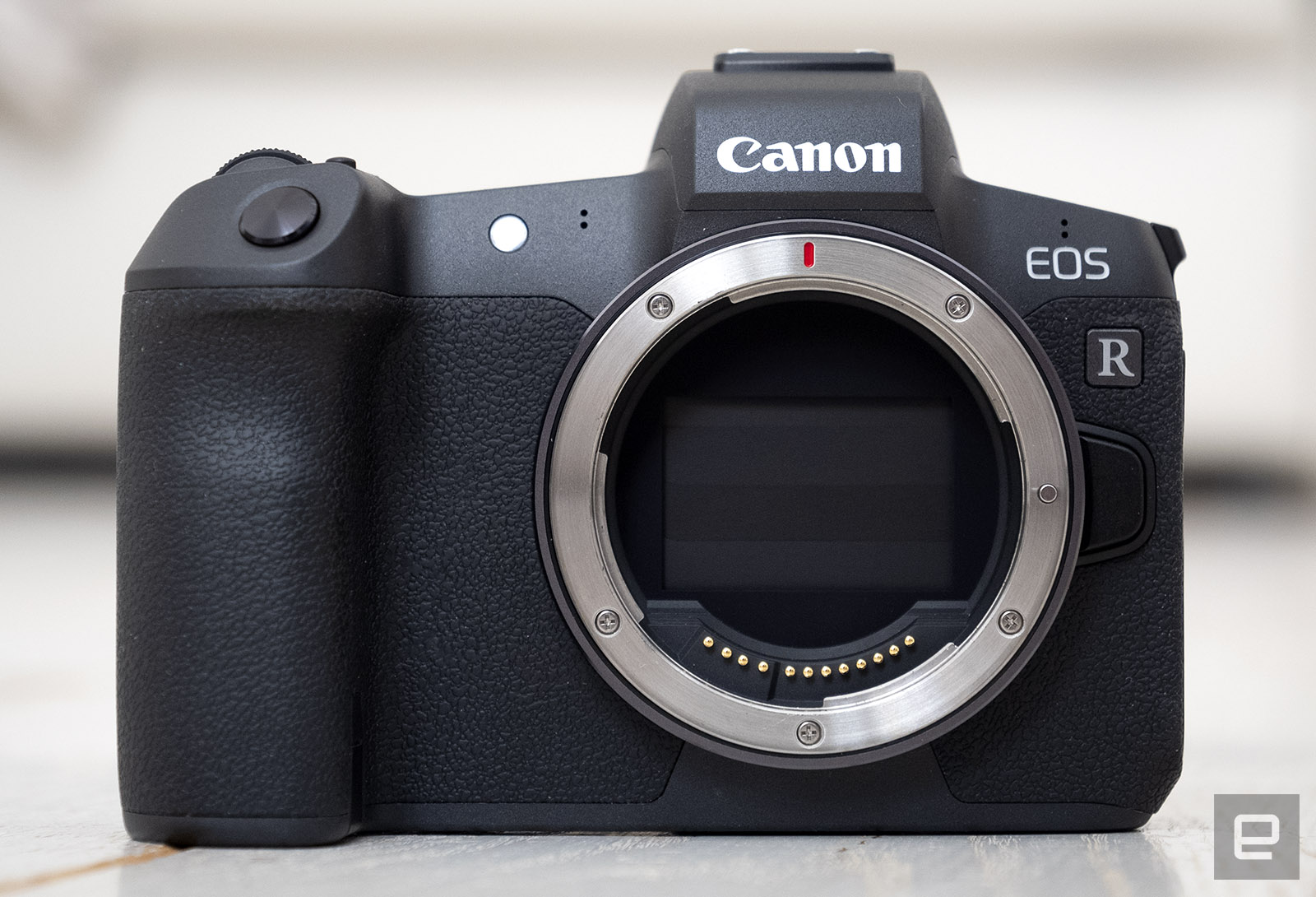
Canon also met most of my expectations with the EOS R, set to arrive in stores next month. It's a full-frame camera with a 30.1-megapixel sensor that strikes a nice balance for photo and video shooting. Canon also unveiled the all-new RF mount and four very interesting lenses, besting rival Nikon's rather ordinary Z-Mount lenses. It's equipped with dual-pixel system that should make it one of the best autofocusing mirrorless cameras.
If you were pretty set on an A7 III/A7R III or possibly the Canon 5D mark IV, the EOS R should give you pause. Resolution is higher than on the 24.5-megapixel A7 III, yet it's only $300 more. Vloggers and videographers will like the fully articulating screen and dual-pixel autofocus, reputed as the best video system AF. And if you already have a lot of Canon lenses, you can use them with no performance hit via three adapters starting at $100.
Less good is the fact that 4K video is cropped at 1.7X, giving you an effective sensor size smaller even than APS-C. It also, unfortunately, has no in-body stabilization, unlike Sony and Nikon's models. The EOS R also has only a single card slot, but at least it's the easier-to-find SD UHS II and not XQD.
Panasonic's Lumix S1 and S1R
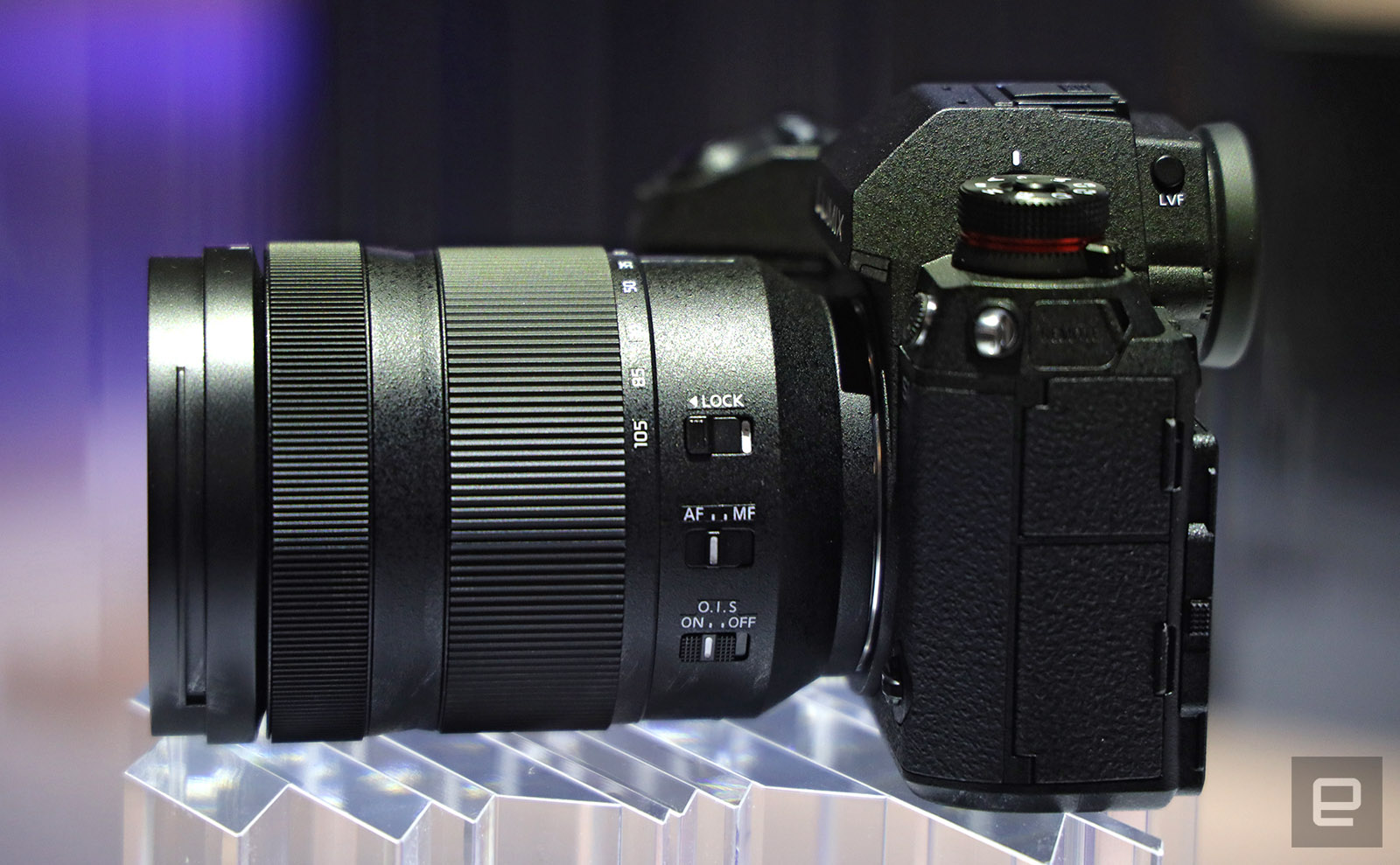
Unlike Canon and Nikon's offerings, which will be available to buy imminently, Panasonic's freshly announced 24-megapixel S1 and 47-megapixel S1R cameras aren't coming until spring of 2019. When they do, they'll both have built-in stabilization, high-resolution EVFs, triaxial tilt LCDs, and double slots for SD and XQD cards. They'll also be the first full-frame cameras with 4K 60p video. Panasonic revealed three lenses with the S1R/S1, but the beauty of the alliance is that you can get lenses from Leica and Sigma too, depending on your budget.
If you're in the market for a Sony A7 III, A7R III or other full-frame model, or maybe even Panasonic's GH5 or GH5s, it might be worth hanging on. Videographers will be particularly interested in the higher frame-rate 4K video, though Panasonic has yet to say whether they'll handle 10-bit, 4:2:2 video internally like the GH5/GH5s models.
As it is on Panasonic's current models, autofocus might be a weak point. It'll be a contrast-detect system that uses depth-from-defocus, much like on its current cameras. While that does the job, it's not as accurate, particularly for moving subjects as Canon and Sony's systems.
Fujifilm X-T3
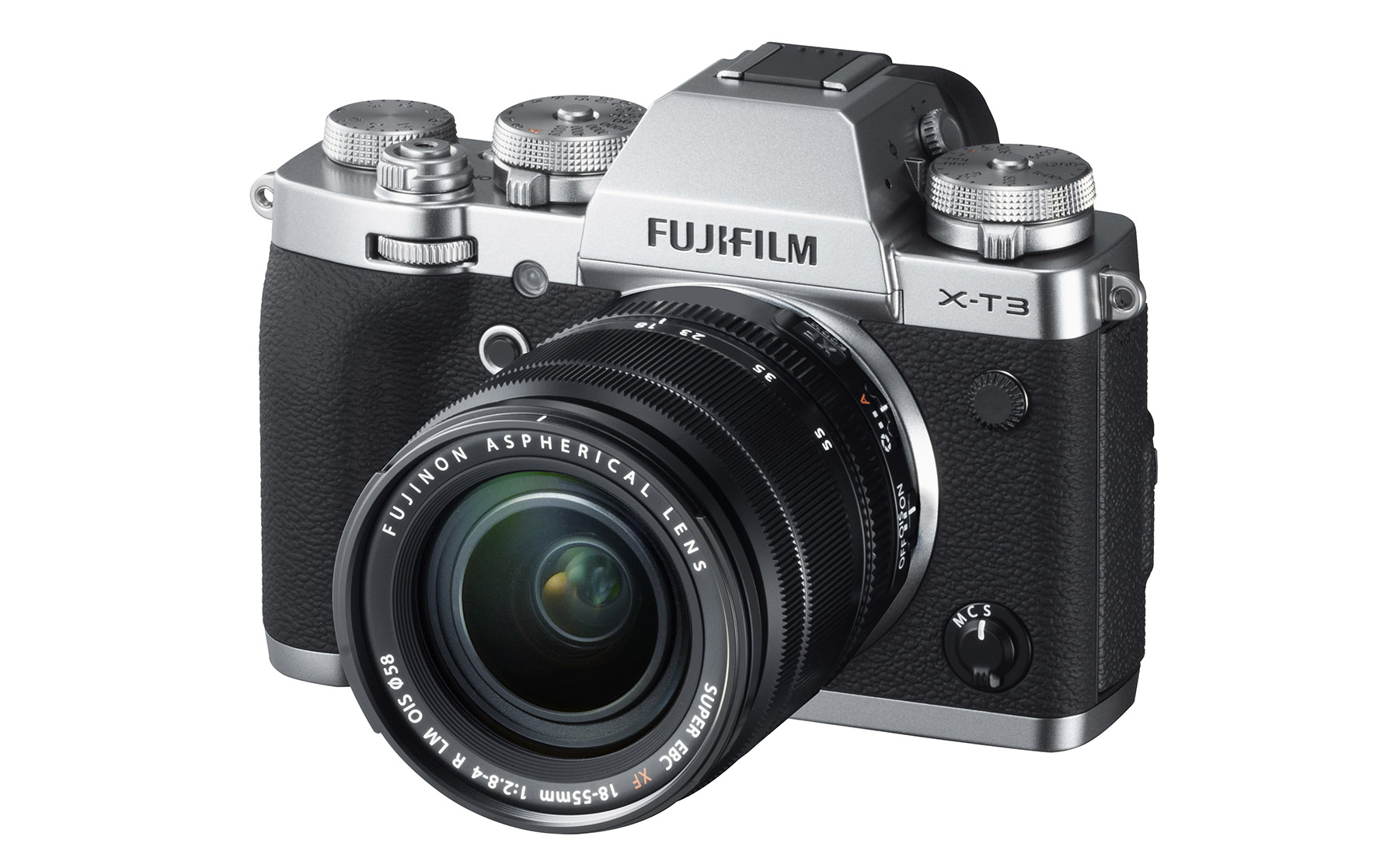
While full-frame mirrorless cameras were grabbing headlines, let's not forget about Fujifilm's 26.1-megapixel APS-C X-T3 mirrorless camera, which launched in early September. It's the company's best-performing model ever, and is a massive leap over its X-T2 predecessor in a number of areas. It can shoot at up to 11 fps with the mechanical shutter or 30 fps in silent mode, has a much better high-resolution OLED EVF and what looks like a much-improved autofocus system. You also get dual SD card slots.
If you're considering Nikon and Canon's new mirrorless models or the Sony A7 III for both video and photos, don't discount the X-T3. It's got much improved video performance, letting you shoot 4K at 60fps with 4:2:0 10-bit internally, and 4:2:2 10-bit output via HDMI. It's Fujifilm's first model with built-in microphone and headphone jacks, as well.
The downsides are a lack of in-body stabilization and a flip-out screen. Again, you'll want to probably wait for the reviews, which are starting to trickle in, to see how it performs in all regards. For $1,500, however, it looks very promising and is a less costly option than the full-frame models.
Wrap-up
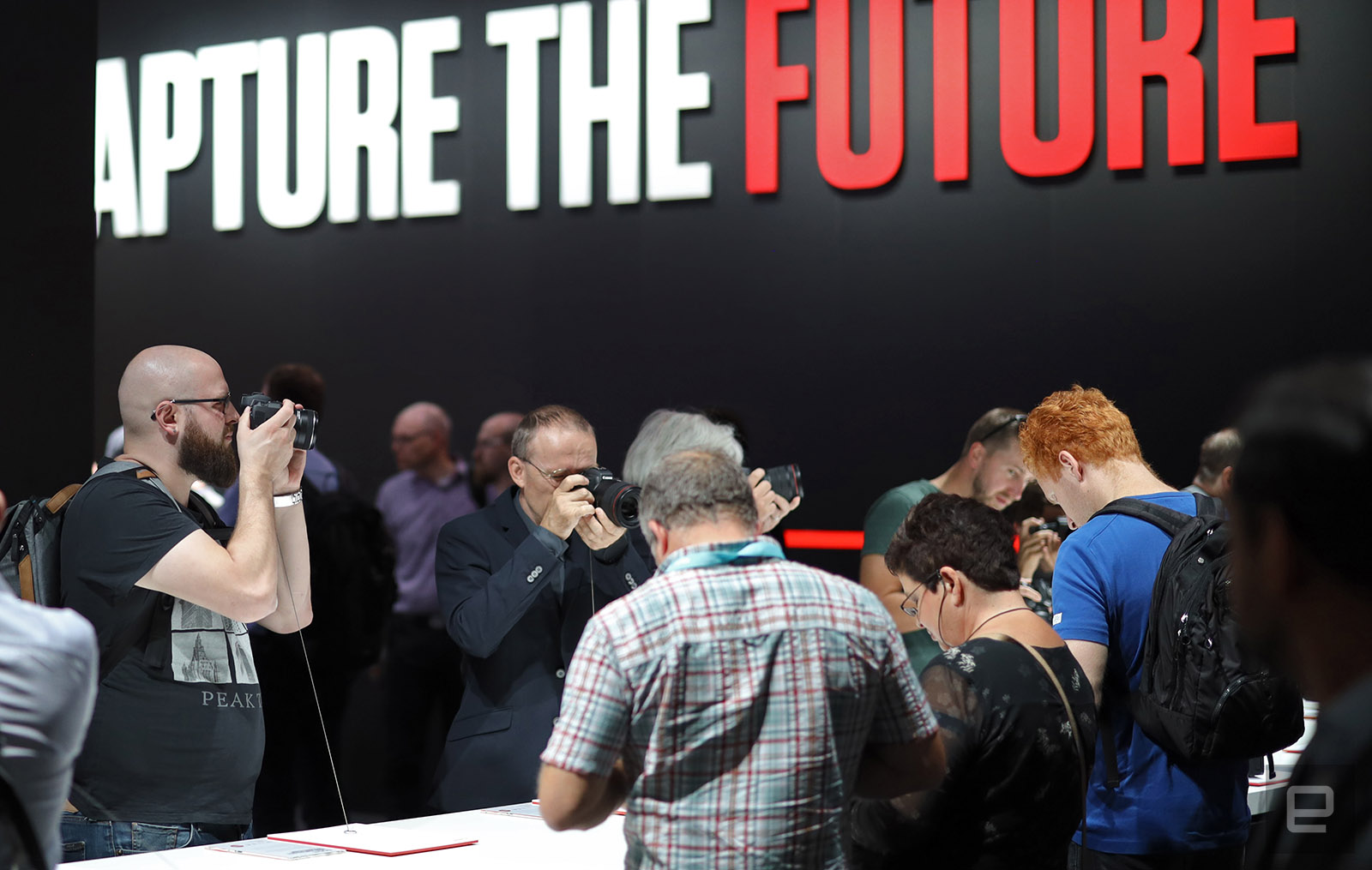
It's great for consumers that there are so many new cameras, but the market is getting precarious for smaller manufacturers. A lot of folks have been asking where OIympus fits into all of this, for instance, as it didn't join Panasonic, Leica and Sigma's L-Mount alliance, nor announce any new models at Photokina.
Fujifilm is sticking with its own script, ignoring full-frame and releasing APS-C and medium-format models. It keeps pushing the technology, judging by the X-T3, GFX-50R and prototype 100-megapixel GFX-100. Fujifilm has carved out a solid niche and has legions of dedicated fans, judging by the swarms at its Photokina 2018 booth.
Canon, Sony and Nikon, on the other hand, are now fighting it out over similar full-frame models. Sony still holds a firm edge, as it's on its third generation A7 models and builds all of its components, including the OLED, sensor and electronics, in-house. On the other hand, Canon and Nikon still sell a lot of DSLRs, particularly in the pro market, which should buy them a bit of time to catch up to Sony in mirrorless.
Panasonic's approach is perhaps the most interesting. By forming a group that's not unlike the Micro Four Thirds alliance, you'll be able to buy compatible products from three different brands. The new full-frame models could be successful if they live up to all of Panasonic's promises.
It will certainly be interesting to see how this market shakes out. All of the products should be available by Photokina 2019, which is changing next year to an annual event around May rather than September. In the meantime, if you're lucky enough to be looking at buying a high-end mirrorless camera, you've got a lot of extra homework to do.
Follow all the latest news from Photokina 2018 here!
Взято отсюда